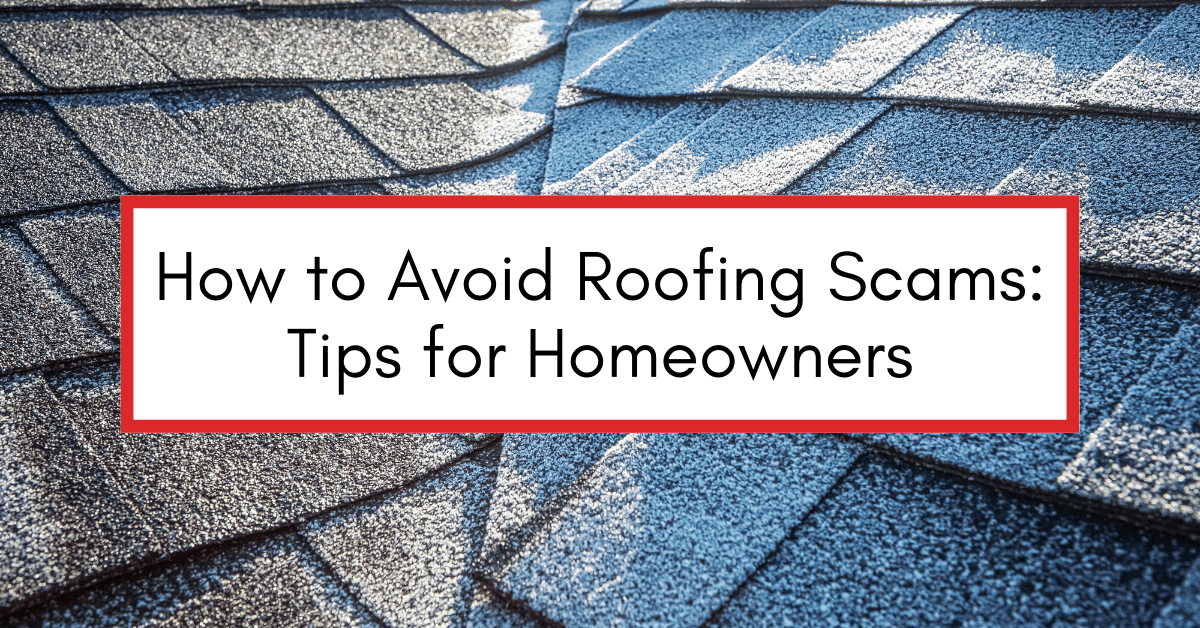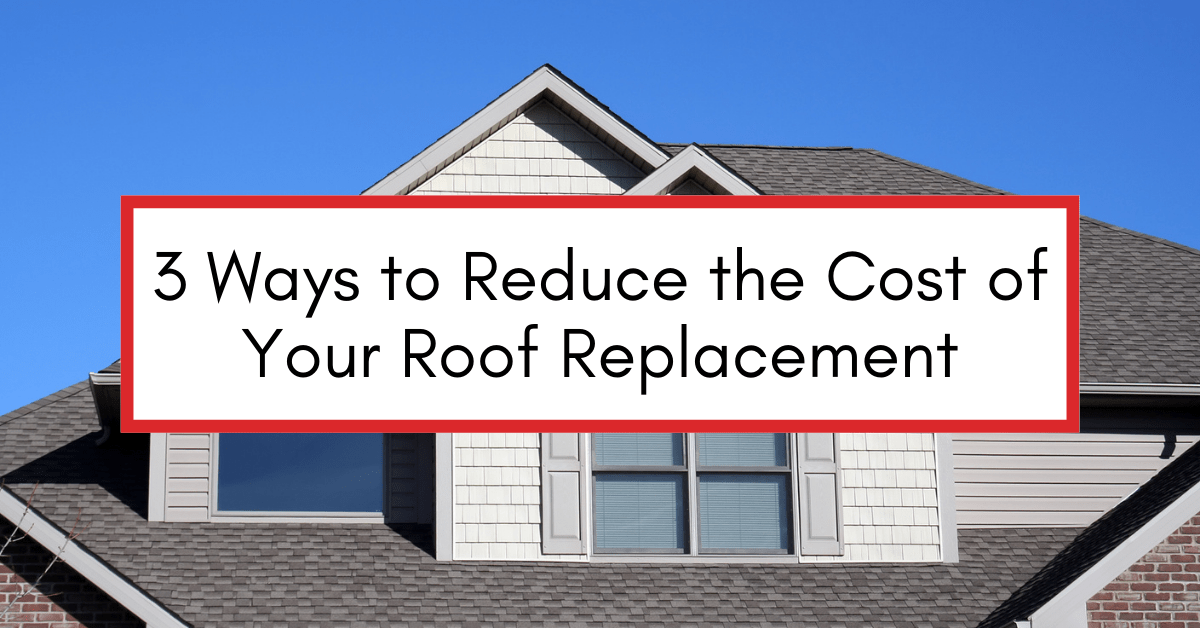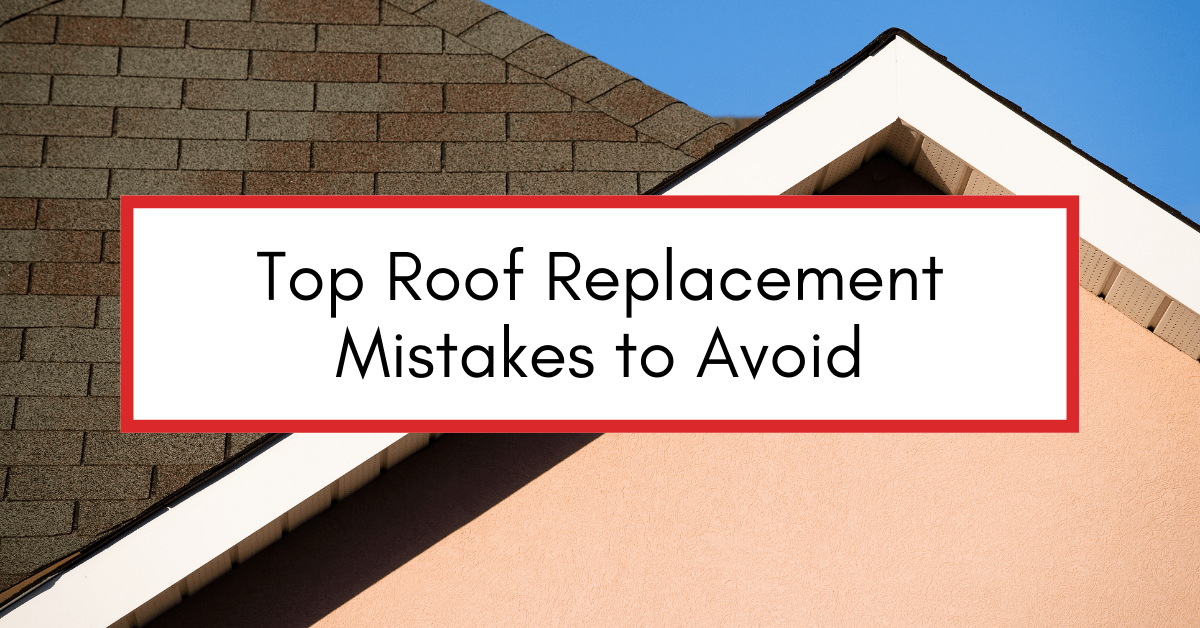The roof which has provided your home with many years of protection must be replaced eventually. Some type roofs last longer than others, depending on their materials. A properly-installed asphalt roof should give you 20 years of good use.
A roof replacement represents a major undertaking, and choosing the best roofing contractor is imperative for making sure the job gets done right. So, when – or why – do you need a roof replacement?
Moreover, what does a roof replacement entail? Let’s take a closer look.
1. Why do you need a roof replacement?
Some roofs, like those heavily damaged by a storm, need replacing more obviously than others. But other factors come into play, too, when deciding if it’s time to replace your roof.
The age of your roof is one way to determine if it’s time for a roof replacement. A properly maintained asphalt roof should provide 20 to 25 years of use.
If your shingles show signs of wear and tear – such as curling, buckling, more missing granules – it may be time for a new roof.
Shingles which are falling apart or missing in and around your roof’s valleys is another potential sign that a roof replacement is in order.
2. The parts of your roof and why they may need to be replaced
A typical roof consists of many parts.
Shingles
The shingles make up the outer shell of your home’s roof and usually consist of asphalt, metal, wood, clay, or another material. Shingles create a watertight and wind-resistant seal which protects the roof from the elements.
Whether or not to place a new layer of shingles over an existing layer is a common roofing question. In many cases, you can roof over existing shingles to provide an additional layer of protection. No more than two layers of shingles can be present on a roof.
However, roof leaks, badly damaged shingles, and a soft and spongy feeling when walking on the roof probably means it’s time to tear off the existing layer of shingles.
You can even install metal shingles over a layer of asphalt shingles. The existing shingles can help muffle and dampen the noise from wind, rain, and hail. The condition of your existing roof is typically the benchmark for whether you can layer metal shingles.
Decking
The roof’s decking is the base upon which all the other material are laid. The decking on most roofs consist of plywood or another type of wood material, but other materials include metal and polystyrene.
Your roofer will inspect your roof’s decking for damage after removing the existing layers. In some cases, minor repairs to the decking may be needed. Rotted roof decking is another story. Rotted decking usually needs to be replaced because it can lead to more significant problems such as mold and mildew.
Underlayment
An underlayment, often made of felt saturated with asphalt, attaches to the decking and provides the base for the shingles. It provides an extra layer of protection if shingles become broken or torn.
A leaking roof is one sign that your roof’s underlayment needs replacing. But roof leaks may point to other issues.
Flashing
Roof flashing consists of sheet metal – usually made from aluminum or galvanized steel – placed over joints in the roof to help prevent water from seeping into your home.
If the flashing on your home’s roof isn’t leaking, you can often re-use it when replacing. But many roofing contractors don’t think it’s a good idea because existing flashing may show signs of wear, tear, and damage which prevents it from providing proper protection. It can also be challenging to get flashing nails to go back into their original holes.
Ventilation
There are many types of roof ventilation – from box vents to ridge vents to soffit vents, and even wind turbine-powered vents. Ventilation has many advantages, including how it helps moderate the temperature in your attic which, in turn, helps moderate temperatures in the rest of your home.
You may need to replace vents which no longer provide the kind of airflow needed to keep your roof in its best shape. An overheated roof, for instance, can cause a variety of problems – from curled and cracked shingles to mold growth.
Ice and water barriers
A water and ice barrier is another type of underlayment installed on to your roof’s wood decking. Its purpose is to keep ice and water away from the roof’s decking and attic and help prevent ice dams from forming.
Choosing the right contractor for your roof replacement is just as important as the materials used in the replacement. A knowledgeable, trustworthy contractor will help you decide when it’s time for a replacement and provide superior workmanship.
Call AIC Roofing & Construction if you think it’s time you replaced your roof. AIC stands behind its affordability, integrity, and consistency.
3-tab attics barns chimney choosing a contractor commercial cost curb appeal DIY estimate financing flashing flat roof GAF glossary gutter replacement gutters gutter size gutter system ice dams inspections insurance missing shingles roof design roofing materials roofing system roof leak roof maintenance roof materials roof repair roof replacement roof shapes roof types shingle ratings shingles siding siding materials siding replacement skylights storm damage underlayment ventilation warranty winter







